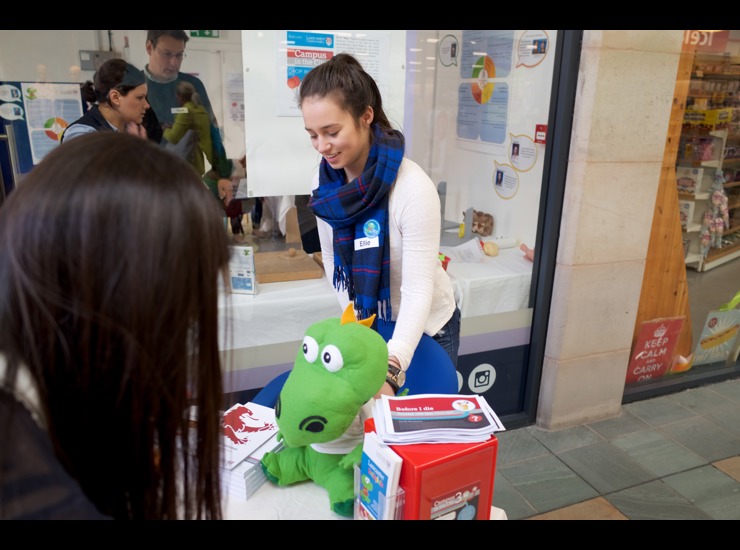
In May 2016 I attended the 20th Biennial meeting of the International Congress on Infant Studies in New Orleans alongside 22 of my peers from the Lancaster University BabyLab. For me, as a young researcher in her first year of PhD studies, this was my first conference, which enabled me to fully indulge in the most up and coming infant research without the stress or restraint of presenting.
The highlight on the first day of ICIS 16 was a paper symposium on face processing using a variety of techniques which provided great insight into this area of infancy research. One paper within this Symposium was presented by Nicole Sugden, a PhD Student from Ryerson University, and was titled “Put on a happy face!” Her research focused specifically on the range of faces seen by 3-month and 6-month-olds and how this exposure changes over the course of these three months. My PhD research focuses on the influence parental exposure has on early development so this was of particular interest to see how frequently infants actually experience faces as a percentage of their total waking time. I was shocked to hear that at 3-months facial exposure takes up 23.8% of their time and this decreases to 20.7% at 6-months; although it was not surprising that the mothers face predominates this percentage. In terms of the overarching influence this has on the infant, this should not be surprising to us as infancy researchers, as our exposure to faces, and specifically our mothers, shapes our understanding of emotions and facial expressions during early social interaction. However, it was interesting to hear that as well as our percentage exposure changing, the distance between the infant and the face being experienced also changes between 3- and 6-months-old. Nicole found that 3-month-olds experienced significantly more faces within 1-foot of their faces than 6-month-olds did, which ultimately influences the level of facial detail encountered.
Another paper I particularly enjoyed was presented by John Richards from The University of South Carolina and was entitled: “Brain changes in response to faces in the first year”. The main aim of this research was to identify the cortical sources of infant event-related-potential (ERP) components, which have been identified in the adult brain. This was of particular interest as it used a range of neuroimaging techniques, including EEG, ERP and MRI scans. Specifically, it compared the ERPs and neural sites involved in facial perception in the adult brain with that of infants in the first year of life. The research suggested that the neural sites involved in facial emotion perception change between infancy and adulthood, and as a result the ERPs involved also change and develop.
During a break from the official talks and symposiums, I decided to take a look at some of the posters that were on offer across the three days of the conference. One that caught my attention was a longitudinal ERP study presented by Sarah McCormick, titled: “Discrimination of Emotional Faces in Infancy and Early Childhood”, which focused on the N290 peak and the Negative-central (NC) component; both of which have been identified in adulthood as perceptual processors of the structural information in faces. An interesting aspect of this research was its longitudinal nature with an ERP focus, which in itself was unusual. It was found that the ERP patterns early on in development did display discrimination between negative emotions (anger and fear), but the ERPs utilised were greatly sensitive, as previous findings were not directly replicated.
In conjunction with the busy conference schedule, I managed to squeeze in some time to listen to some real New Orleans Jazz and experience the tourist side of life exploring the French Quarter, both during the day and in the evening. All in all, I had a truly wonderful experience and met some utterly brilliant people, as would be expected at such an incredible gathering as ICIS16!

